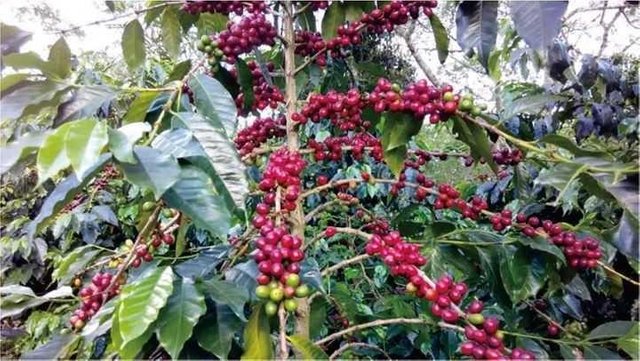history of coffee entry in Aceh

During the Aceh Darussalam Sultanate, pepper plants were the main livelihood as rice. Tome Pires (1512-1515) noted that at that time the port of Pidie and Pasai traded 16,000 bahar of pepper or about 2,718 tons per year. Even towards the end of the 19th century before the Dutch attacked, Aceh was the main pepper producer in the world. On March 26, 1873 the Dutch declared war on the Aceh Sultanate, the war continued until 1904. Sultan Muhammad Daudsyah was captured by the Dutch in January 1904, the great war ended but the Acehnese resistance with guerrilla warfare continued until the Dutch lifted their feet from Aceh forever in in 1942. The war with the Netherlands had made the glory of Aceh pepper a distant memory.
Coffee plants were originally brought by the Dutch in the seventeenth century through Batavia (now Jakarta) to be planted in Aceh in 1908. The first coffee to be introduced was the first Arabica type of coffee cultivated in North Lake Lut Tawar. In the world, coffee can be divided into 2 groups based on its type, namely Arabica coffee and Robusta coffee. In Aceh both types of coffee are cultivated by local people. Arabica types of coffee are generally cultivated in the highlands of Gayo, including Takengon, Aceh Tenggara, and Gayo Lues. Whereas in Pidie District (especially Tangse and Geumpang areas) and West Aceh, the community developed Robusta coffee. The Dutch ordered the people themselves at that time to order consumption of Robusta coffee, while Arabica was for self-consumption (Netherlands) and for export.
In Dutch Aceh found a vast plateau known as the Gayo Land located in the heart of this region, which based on the research they did turned out to be very suitable for planting coffee. And this is where the miracle begins. In the Land of Gayo, the Netherlands built its government base in Takengon which is located right on the edge of the Lut Tawar lake whose surface is at an altitude of 1250 masl. Later this city developed into a center of economy and government and became the largest city in the Gayo Land. The first coffee plantation developed by the Dutch in an area called Belang which is located not far from this city. To this day, this area is known as one of the best coffee producing areas in Tanoh Gayo. From Belang Gele, coffee is spread all over the cold land of Gayo.
In 1924 the Dutch and European investors had begun to make land dominated by coffee, tea and vegetables (John R Bowen, Sumatran Politics and Poetics, Gayo History 1900-1989, page 76). Then, in 1933, in Takengon, 13,000 hectares of land had been planted with coffee which the Dutch called "Product for future" commodities. Gayo society, writes John R Bowen, is very fast in accepting (adopting) new plants and planting them in limited land of citizens. New settlements in that era, especially along roads cleared to be planted with export quality coffee.